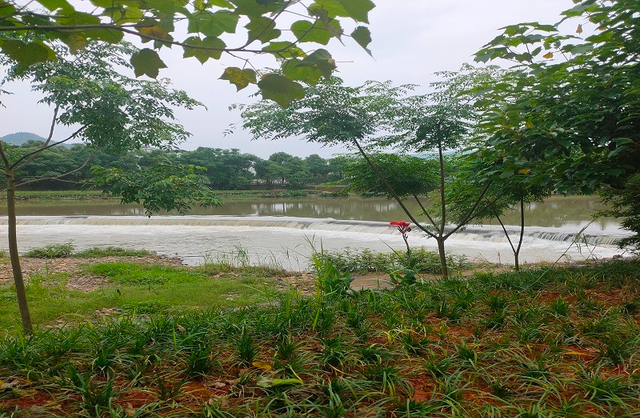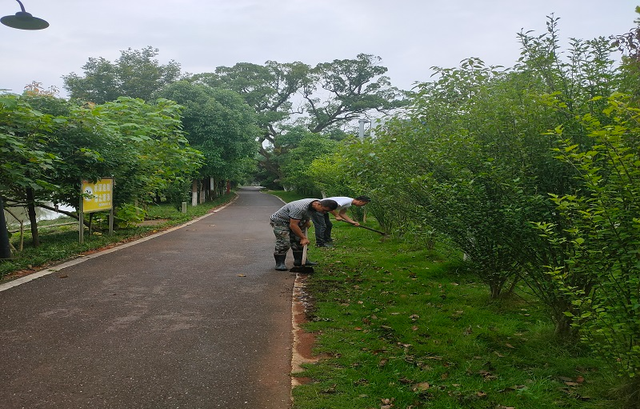Ecological corridor contributes to rural revitalization
2022-06-16
Since this year, Guiyang County has increased efforts to green and beautify the countryside around Xihe River, striving to build Xihe National Wetland Park into a demonstration area of rural revitalization, a destination of rural tourism and a river resort.

Up to now, the county has planted over 30,000 pear and yellow peach trees and cypresses, being part of the effort to create a rural ecological landscape corridor suitable for leisure tourism, living and industrial development.
It is known that Xihe River National Wetland Park of Chenzhou is a typical river wetland in southern China. As the largest river in Chenzhou City, it has a length of 142 kilometers and an area of 1,618 square kilometers.
To make the national wetland park a demonstration area of rural revitalization in China, Guiyang County, under the principle of overall greening, has planted over 9,000 trees in 12 villages along Xihe River since January of this year.
Villagers are encouraged to plant trees around their houses to build a beautiful courtyard.
To highlight the ecological feature, the county has also planted another 1,000 peach trees, 50 mu (about 3.3 hectares) of lotus and 20 mu (about 1.3 hectares) of lotus root. 20,000 cypresses were planted to improve the water quality of Xihe River, without destroying the vegetation or occupying the farmland.

1,000 yellow peach trees, 500 orange osmanthus and 500 camphor trees were also planted to beautify the park.
In addition, deciduous woody flowers and trees with colorful leaves were planted along the lower mountain range to create colorful scenery and improve forest productivity.
Now the villages along the river in Guiyang County began to seek for development opportunities from various aspects such as ecosystem protection, rural scenery, high-quality industrial development, infrastructure construction and red culture.
These villages divided the public land into patches to build vegetable farms, poultry houses, courtyards and gardens, and greatly developed forest economy.
Based on the local conditions, these villages also developed planting and farming bases where visitors can experience a lot of activities such as viewing and gathering lotus, tasting crabs and other delicacies.
All these efforts will certainly contribute to the rural revitalization and help farmers get rich.




